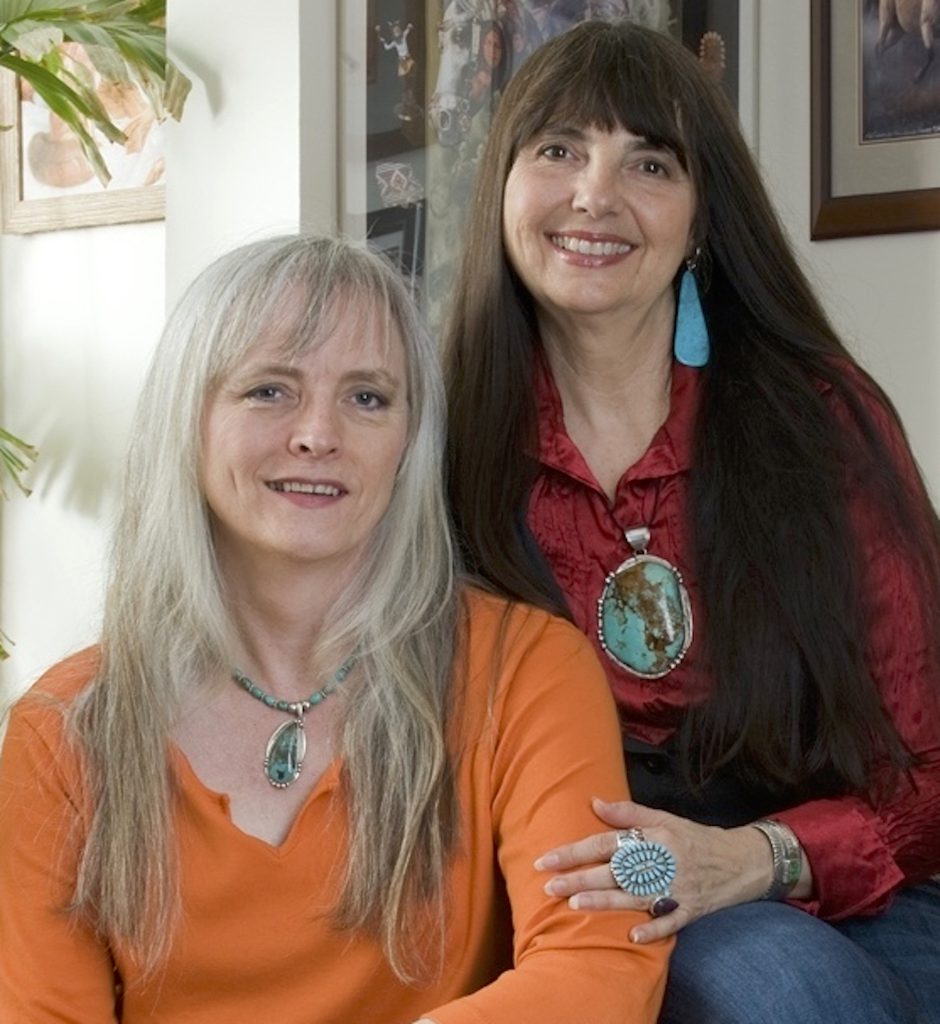Trans Awareness Week: The fascinating origin story of the famous transgender symbol

The transgender symbol was first created in the 1990s. (Getty)
The transgender Pride flag usually consists of five pink, blue and white stripes, used by trans people and the wider LGBTQ+ community to express pride and allyship.
However, the flag is often overlaid with another symbol of the transgender community, derived from traditional gender symbols for cisgender men and women.
The symbol is a pictogram that shows a circle with two arrows coming out of the top left and right sides of the circle. One of the arrows has a line through it; there’s also a cross coming out of the bottom of the circle.
It combines the symbols for cisgender men and women, as well as that for androgyny.
The symbol was designed in the 1990s by Holly Boswell, Wendy Parker, and Nancy R. Nangeroni, who said it was “a symbol for the transgender community”.

Trans activist Holly Boswell – who sadly died in 2017 – is said to have drawn it for Parker, a national transgender organiser, who then convinced Nangeroni – an American diversity educator and founder of GenderTalk Radio – to make a digital version, leading her to later make a pin incorporating the design.
Nancy Nangeroni founded the Boston chapter of trans rights activist group The Transexual Menace In the early 1990s. In 1995, after the murder of Brandon Teena, she helped organise one of the first national actions against trans violence outside of Falls City, Nebraska. She also led the vigil for Rita Hester, a Black trans woman murdered in 1998 – which would go on to inspire the International Transgender Day of Remembrance.
The symbol “includes everyone, excluding none” and “represents the wholeness of a society, which includes the transgender”, Nangeroni said
If you wear a transgender symbol, it may say you are “‘transgender and proud enough to let [people] know that’s what [you are]” or it may say: ‘I am a friend of (a) transgender (person), and I want you to know it’,” Nangeroni added. “I would ask that we make it stand for honour and integrity, compassion for all and good humour.”
Many people have taken the transgender symbol and put it on top of the transgender flag, which was designed in 1999 by Monica Helms, a transgender US naval officer who created it because she “wanted to be visible” and it was designed to show “pride” in who she was.
Helms told Atlanta magazine: “One day, I woke up with the idea for the colours: the traditional colour, light blue, for boys; pink for girls, and a single white stripe for those who are transitioning, gender neutral or intersex.”
The flag was first unveiled at a Pride parade in Arizona in 2000 and later adopted by others at marches and remembrance events. It has been used more widely across the world since about 2013.
Share your thoughts! Let us know in the comments below, and remember to keep the conversation respectful.
How did this story make you feel?

